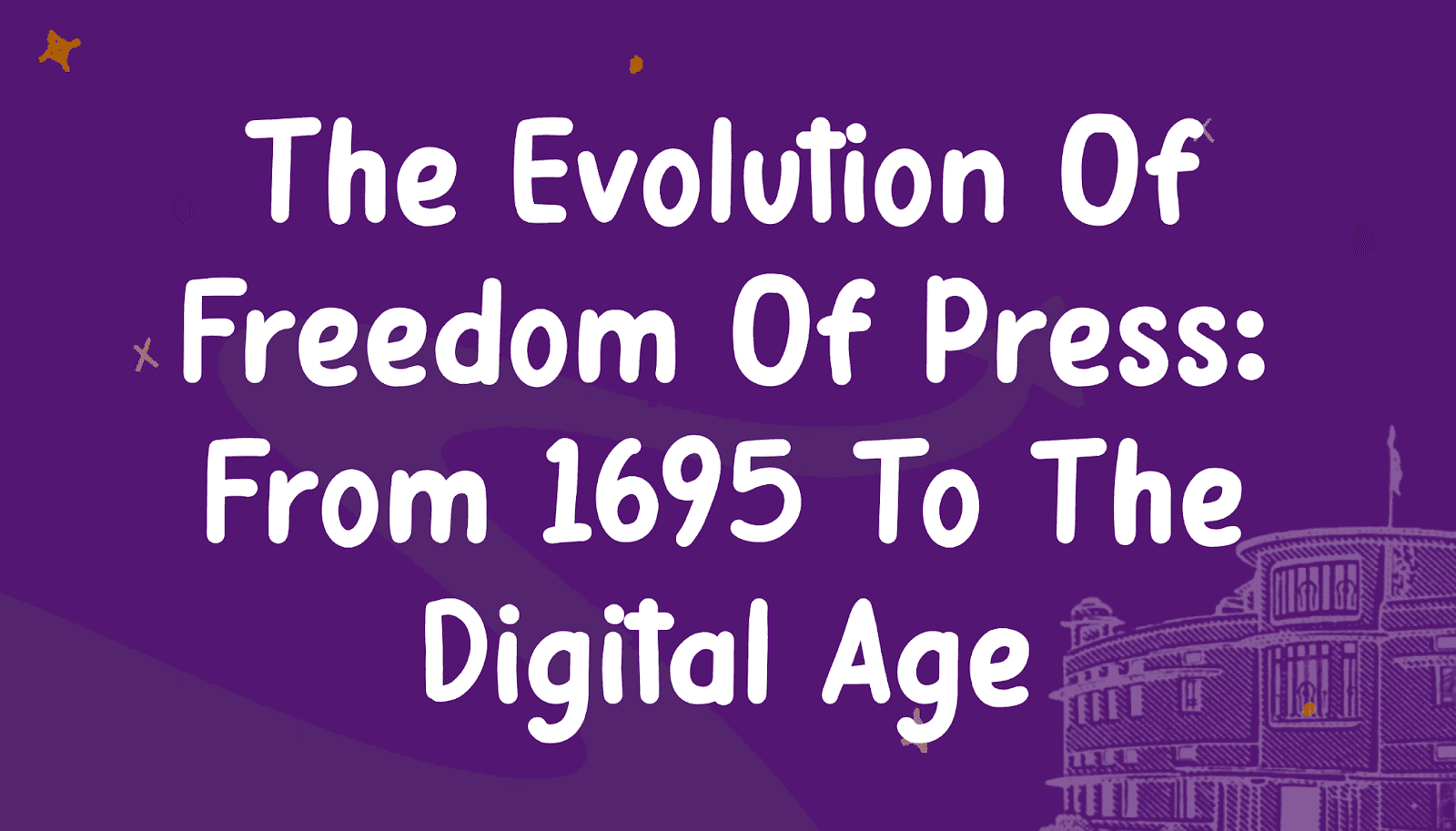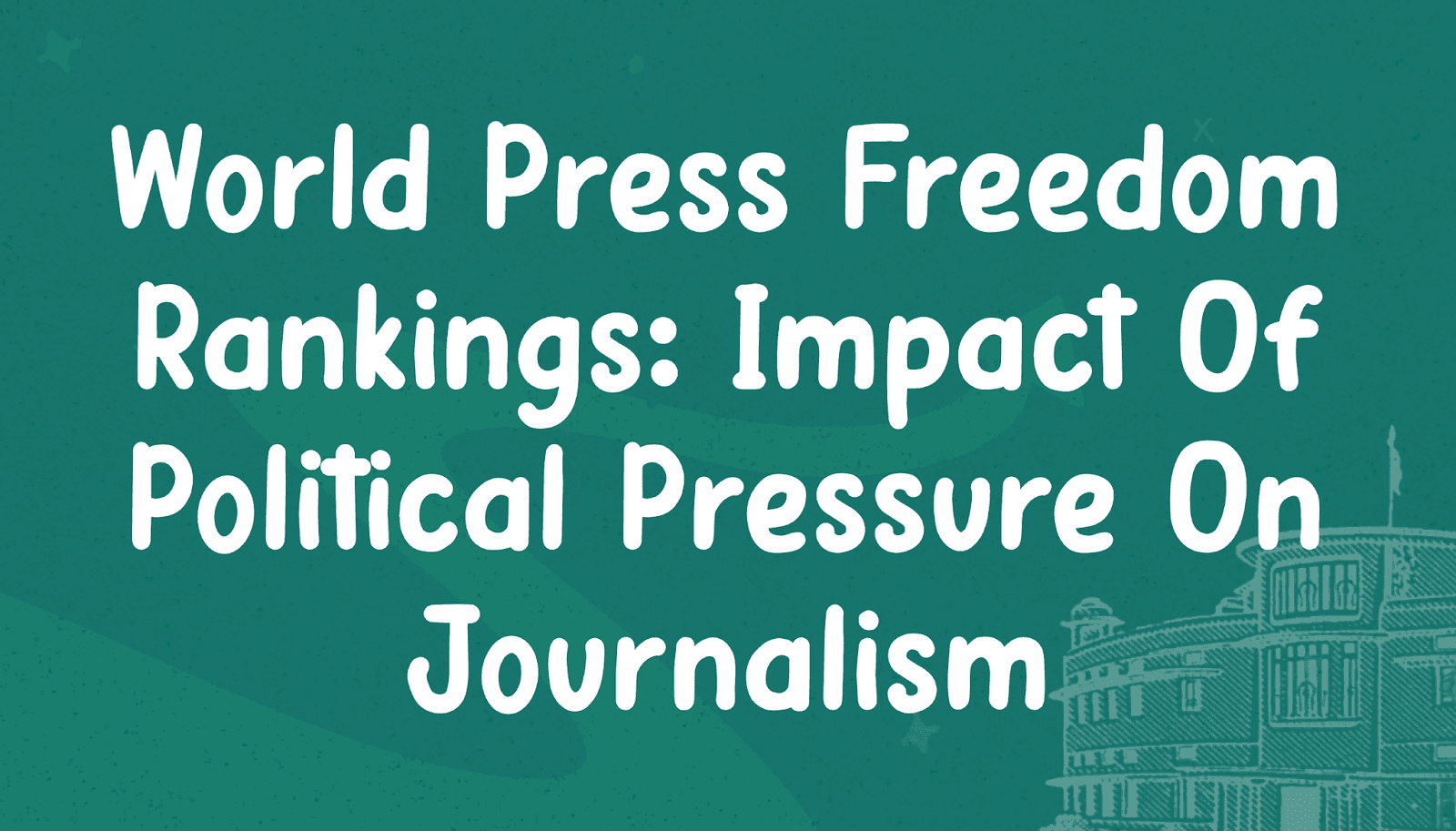Step-by-Step Guide to Writing History Answers for UPSC Mains
Feb, 2025
•8 min read
Have you ever wondered why history repeats itself?
Maybe it's because we don't learn enough from it! But don't worry, we're about to change that.
Well, learning how to write history answers in UPSC can turn your approach from just memorizing to really understanding and telling the story.
In this blog, we’ll reveal how to write impressive history answers. From understanding the questions to structuring your responses and using great examples, we’ve got you covered.
Mastering How to Write History Answers in UPSC
Writing an effective history answer for UPSC Mains involves more than just knowing facts. It’s about presenting them clearly to impress the examiners. Here’s how you can do it:
Understanding the Question
- Start by identifying keywords and directive terms like analyze, discuss, evaluate, or critically examine. These words guide the depth and focus of your answer.
For instance, take the example of the below question;
What was the difference between Mahatma Gandhi and Rabindranath Tagore in their approach towards education and nationalism? (UPSC GS I, 2023)
The directive word here is "What was the difference." This phrase directs you to compare and contrast the approaches of Mahatma Gandhi and Rabindranath Tagore towards education and nationalism.
- Next, determine the core idea and specific requirements of the question. Once you understand both the topic and the directive, you can craft a precise, targeted response.
In the above question the specific requirements are to:
- Identify and explain Gandhi's and Tagore’s approach to education.
- Identify and explain Gandhi's and Tagore’s approach to nationalism.
- Compare and contrast the differences between their approaches in both areas.
When learning how to write history answers in UPSC, remember to succinctly summarize key points and highlight the impact of differing approaches. Understanding both the topic and the directive is crucial in crafting effective responses.
Build Your Knowledge Base
With a solid understanding of the question, it's time to build a strong knowledge base:
- Prioritize Quality Over Quantity: Focus on reliable sources instead of everything for effective UPSC preparation and better retention.
- Take notes: Write down important details like dates, big events, and different ideas.
- See all sides: Learn about different point of views to get a full picture.
Here's a table with recommended History books for UPSC Mains. They are sure to help you understand how to write history answers in UPSC.
|
Category |
Books |
|
NCERT History Books |
|
|
History Books for UPSC Mains |
|
|
History Books for Essay Writing |
|
Also read: Best Books for Essay Writing in UPSC: Top Recommendations
Feel like you've got a hang of how to write history answers in UPSC? Now, let’s explore how to present all this knowledge effectively.
Structuring Answers for UPSC Mains: A Step-by-Step Guide

Let’s break down the puzzle of how to write history answers in UPSC. We’ll focus on structure, content, and style to create responses that stand out.
Introduction
A good introduction is like a roadmap for your answer. When learning how to write history answers in UPSC, crafting a focused and engaging introduction is crucial.
- Offer an Overview: Start by giving a quick overview of the topic. This sets the stage for your answer and helps the examiner understand the context.
- Contextualize the Topic: Share some background information to place the topic in a broader context. This shows you grasp the bigger picture and are not just scratching the surface.
- Define the Main Argument: Clearly state your main argument or thesis but don't reveal too much detail. This keeps the examiner curious and engaged.
Tips for Writing an Effective Introduction
- Be Direct: Kick off with a strong opening sentence that directly tackles the question.
- Stay Relevant: Make sure every sentence adds value and sticks to the topic.
- Be Concise: Keep it brief. Avoid unnecessary details that might distract from your main point.
For the question "What was the difference between Mahatma Gandhi and Rabindranath Tagore in their approach towards education and nationalism?" here is a brief introduction:
Mahatma Gandhi and Rabindranath Tagore, key figures in India's freedom struggle, had distinct views on education and nationalism. Gandhi championed self-reliance, while Tagore blended tradition with modernity, shaping India's educational and nationalist landscape.
Developing Arguments/Body
Now that you’ve laid the groundwork, it’s time to construct the core of your answer. This is where you delve deeper into the topic, presenting evidence to support your thesis.
- Build on Your Thesis: Develop your thesis statement, ensuring you keep the directive in mind. This keeps your answer focused and clear.
- Use Short Paragraphs: Break down your arguments into multiple short paragraphs. Each should present a single idea, linking logically to the next.
- Headings and Subheadings: Use headings and subheadings for better clarity and organization. This makes your answer easier to follow.
Tips for Developing Arguments
- Stay Focused: Stick to your main argument. Avoid straying off-topic.
- Use Examples: Back up your arguments with relevant examples, especially historical ones.
- Be Logical: Ensure each paragraph flows smoothly from the previous one.
- Be Precise: Keep your points sharp and avoid unnecessary details.
For the question asked above, your body should include:
- Gandhi's Education: Focus on basic education, self-reliance, and vocational training. Link it to his concept of 'Swaraj'.
- Tagore's Education: Emphasize creativity, holistic development, and internationalism. Discuss Shantiniketan as a model.
- Gandhi's Nationalism: Highlight non-violence, unity, and mass mobilization as key elements.
- Tagore's Nationalism: Focus on cultural nationalism, internationalism, and critical engagement with Western ideas.
Conclusion
When considering how to write history answers in UPSC, a strong conclusion will effectively summarize your points and reinforce your main argument.
- Reiterate Key Points: Briefly summarize your main arguments without repeating yourself.
- Offer a Balanced Perspective: Acknowledge counterarguments or alternative viewpoints.
- Provide a Final Thought: Leave a lasting impression with a thought-provoking statement.
Tips for Writing Conclusion
- Reinforce Your Main Argument: Summarize your key points effectively.
- Demonstrate Critical Thinking: Show your ability to weigh different perspectives.
- Provide Closure: Offer a satisfying end to your answer.
- Add Value: Offer a final insight or perspective. A strong conclusion can elevate your answer from good to excellent.
You could frame a conclusion like this;
Gandhi and Tagore, though contemporaries, shaped India's destiny with divergent visions. While Gandhi's practical education and mass-based nationalism defined his legacy, Tagore's emphasis on creativity and internationalism offered a contrasting perspective. Their legacies continue to influence India's intellectual and cultural landscape.
Also watch: Perfect Strategy for Mains Answer Writing | A Complete Guide | SuperKalam
Now, let's switch gears to mastering the language and presentation skills essential for acing UPSC essays.
Mastering Language and Presentation for UPSC Mains
Okay, let's talk about how to write history answers in UPSC that shine. It's not just about what you say, but how you say it.
Let's say you're asked to analyze the Mughal Empire's impact on Indian society.
Keep it Simple, But Smart:
- Avoid jargon: Use clear and everyday words.
- Focus on depth: Show you truly understand the topic, not just memorize facts.
- Example: Instead of "socio-economic milieu," say "social and economic conditions."
Write Professionally:
- Formal tone: Maintain a professional and academic style.
- Grammar and punctuation: Ensure your writing is error-free.
- Logical flow: Structure your arguments clearly and connect your points.
- Example: Instead of "The Mughals were, like, really powerful," say "The Mughal Empire had significant influence over the subcontinent."
Be Crystal Clear:
- Direct statements: Get to the point without beating around the bush.
- Short sentences: Make your writing easy to follow.
- Avoid ambiguity: Be precise in your explanations.
- Example: Instead of "The situation was complex," say "Economic factors, coupled with political unrest, led to the decline of the empire."
Organize Your Answer:
- Headings: Use clear headings to divide your answer into sections.
- Bullet points: Summarize key points or arguments for easy reading.
- Structure: Follow a logical flow from introduction to conclusion.
- Example: Divide your answer into sections like "Causes," "Consequences," and "Significance."
You might also like: Improving English Skills for UPSC Exam Preparation
Now that you’ve got your thoughts organized on how to write history answers in UPSC, let’s have an overview of all that UPSC examiners are looking for!
Evaluation Criteria for UPSC Mains
The quest to master how to write history answers in UPSC is incomplete without understanding what the UPSC examiners are looking for in your responses.
- Comprehensive: Covering all aspects of the topic, including causes, consequences, and turning points.
- Analytical: Going beyond mere description by explaining why events happened and their significance.
- Balanced: Presenting different viewpoints and avoiding biases.
- Relevant: Directly addressing the question and avoiding irrelevant information.
- Evidence-based: Supporting your arguments with specific historical facts and examples.
- Structured: Organized clearly with a logical flow, using introductions, body paragraphs, and conclusions.
- Concise: Expressing ideas clearly and efficiently, avoiding unnecessary wordiness.
Alright, so you've got a grip on what the examiners want. Now, let's dive into how you can manage your time effectively during the UPSC exam.
Effective Time Management for UPSC Mains

Mastering how to write history answers in UPSC includes efficient time management to ensure you cover all your points thoroughly within the allotted time. Indeed, it’s not just about what you know, but how well you use your time to show it.
Practice Under Time Constraints
Regularly write history answers within a set time limit to simulate exam conditions. This helps you manage time effectively during the actual test. For instance, if you have 60 minutes, practice writing answers in 45 minutes to build speed.
Allocate Time Wisely
Divide your time according to the sections of your history answer. For example, spend 10 minutes on the introduction, 30 minutes on the main body, and 10 minutes on the conclusion. This ensures each part of your answer is well-developed.
Feeling the time crunch?
Supercharge your UPSC prep with SuperKalam's All India Test Series for UPSC Mains 2024! Get access to India's first test series program with unbiased and detailed evaluation.
Mind the Word Limits
Stick to specified word limits to ensure your history answers are concise and focused. UPSC often sets word limits for answers, so practice writing within these constraints to avoid unnecessary verbosity.
Engage in Regular Practice
Consistent practice improves both speed and efficiency. Set aside approximately 3-4 hours each week for practice under exam-like conditions. This builds your ability to quickly organize and express your historical analysis.
Alright, now that we’ve mastered time management, let's move on to refining our review and revision techniques.
You might like: 1 Year Plan for UPSC Preparation and Study
Effective Review and Revision Techniques
Knowing how to write history answers in UPSC is as important as understanding how to review and revise them effectively. Here’s how you can ensure your answers are top-notch:
Allocate Time for Review
Set aside dedicated time to review your answers. Don’t just write and submit—come back with fresh eyes. This way, you'll catch mistakes and find areas for improvement.
Want instant feedback on your Mains answer?
Try SuperKalam's 1-Minute Mains Answer Evaluation! Share your handwritten answer, and get detailed feedback plus a model answer in seconds.
Check for Errors
Look over your answers carefully for any grammatical errors, spelling mistakes, or issues with sentence construction. Clear and correct writing will make a strong impression in your UPSC answers.
Ensure Complete Coverage
Make sure your answers cover all parts of the question. This is crucial when learning how to write history answers in UPSC, as comprehensively answering each part ensures a well-rounded response.
Review Critically
After revisions, assess your answers critically. Ask yourself if they are well-structured and if you've included relevant evidence. Make adjustments to improve clarity and depth.
Now that we've covered the critical points on how to write history answers in UPSC, let's wrap things up.
Conclusion
Knowing how to write history answers in UPSC Mains can really make a difference. When you focus on organizing your answers well, using strong evidence, and thinking critically, you'll stand out.
That's where SuperKalam comes in. It's like having a personal history tutor. With SuperKalam, you can practice writing answers, get feedback, and learn how to structure your thoughts like a pro.
Want to boost your chances of cracking the UPSC? Master the art of writing history answers. SuperKalam can help you do just that. Give it a try!


